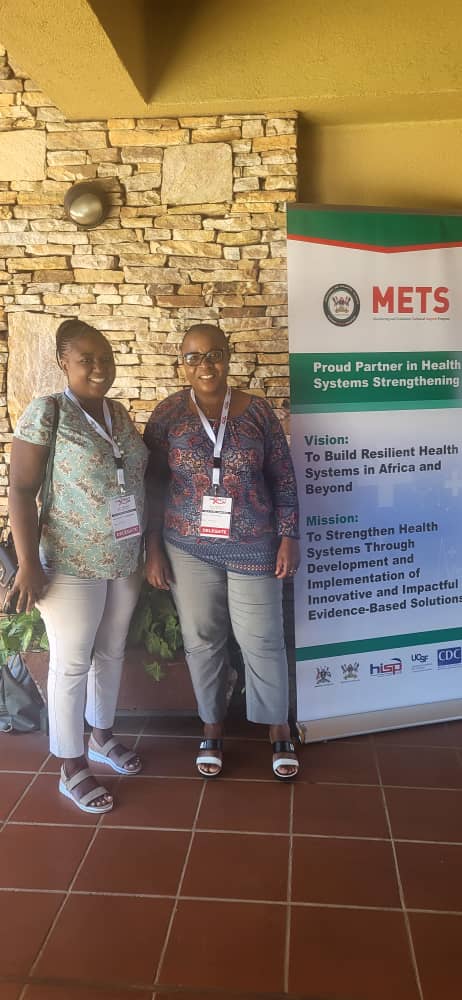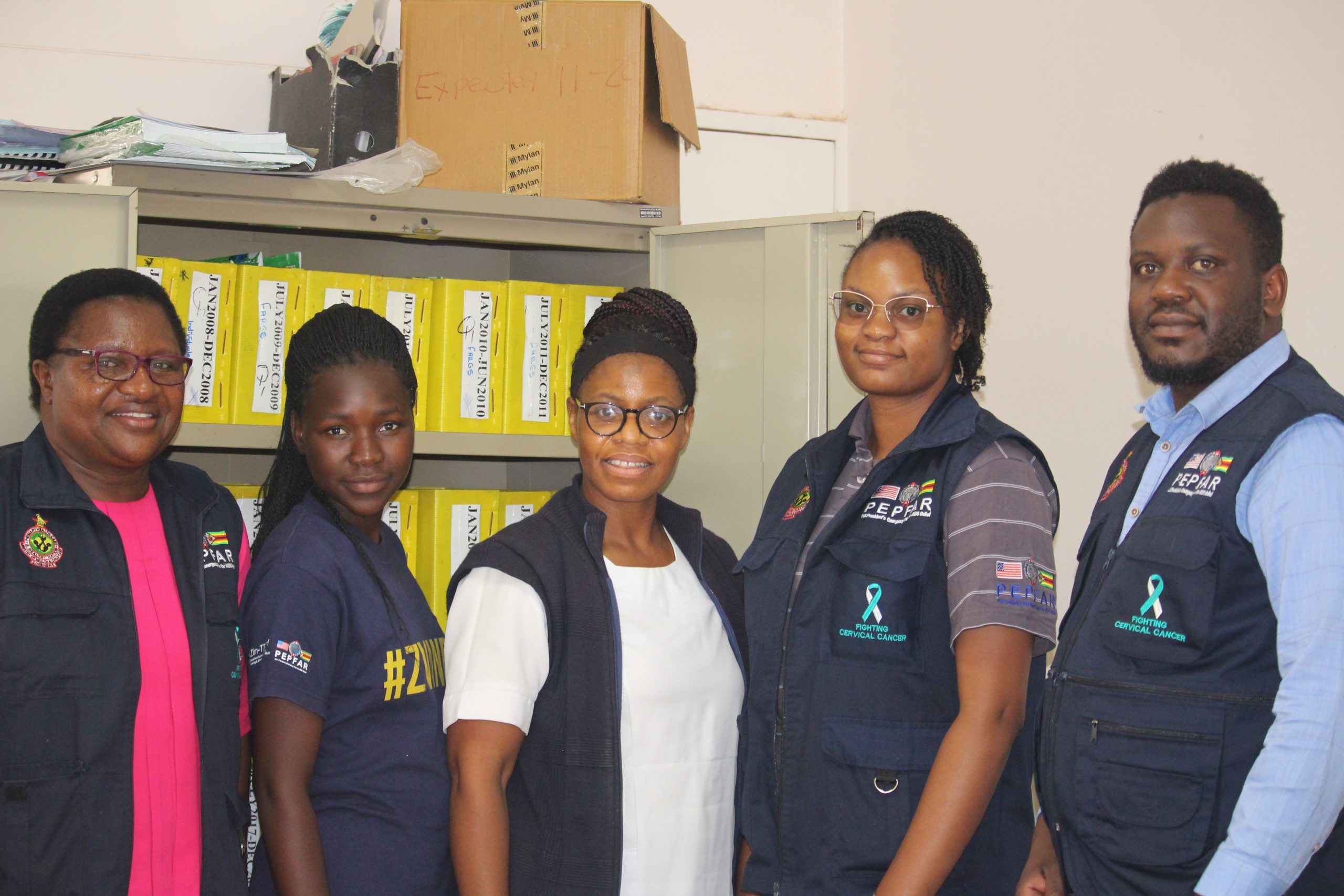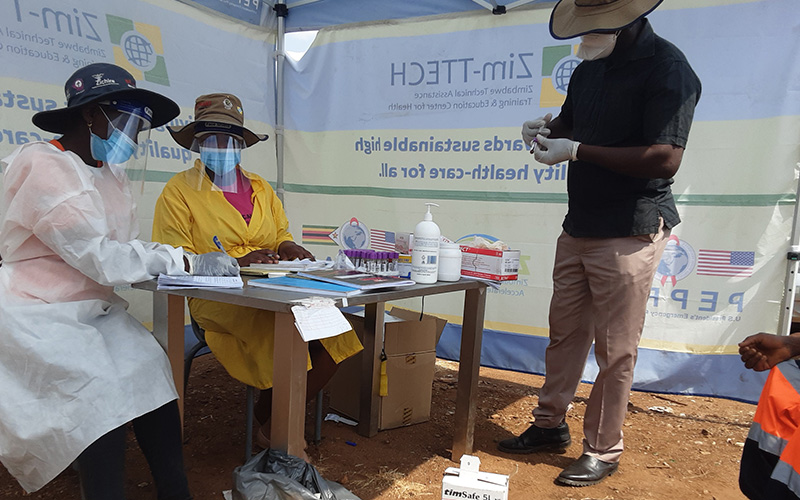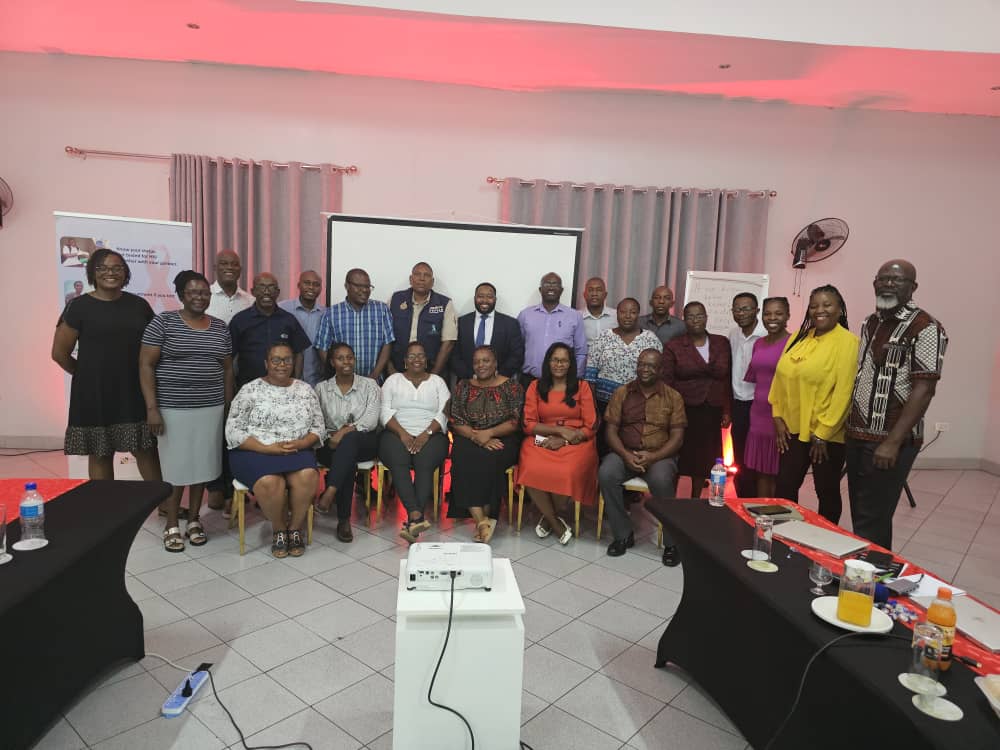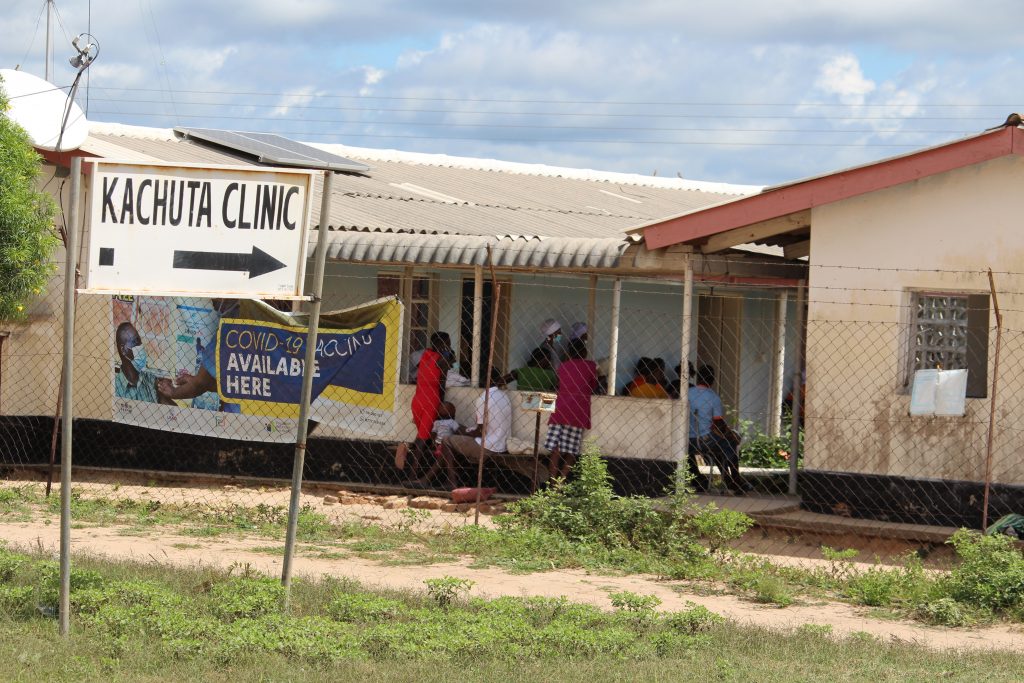
Located approximately 155 kilometres away from the Capital city, Harare, lies Guruve, one of the eight districts in the Mashonaland Central province of Zimbabwe. The district capital is the town of Guruve and around 25 kilometres away is Kachute Clinic where Zim-TTECH offers Technical assistance supporting the Ministry of Health and Child Care.
In a bid to improve viral load coverage, Zim-TTECH supports Quality Improvement initiatives to its DSD and TA sites. The Quality improvement team focuses on processes and systems, use of data to improve services, and use teams to ensure quality.
Kachuta Clinic has proved to be one facility that is doing well since the roll out of Clinic Lab Interface QI initiative, as the team has proved to be a force to reckon, with a well-documented QI corner in place with the run charts well plotted up to date with annotations.
“We have monthly team meetings, where we update each other on any issues arising during the course of that month, we set our targets and we do not work in silos. If one of us is not available then anyone among the team members can assist,” said Sister Zvidzayi Munyaradzi, the OI focal person.
These monthly meetings link and allow flow of information within the facility from the Testing area, OI desk and the Laboratory Department as well as allocation of roles and responsibilities.
It is during these meetings that the team, comprising the Nurse in charge, Primary Counsellor, OI Focal person, Primary care nurse and the Microscopist share information, responsibilities, check achievements, go over registers and note areas of collaboration. The NIC appoints one of the nurses to be the focal person of the OI/ART clinic.
Mr Mupezeni, the Microscopist highlighted how the rollout of CLI QI has assisted the facility as they are now able to book the clients in the appointment diary using code3, documentation of the Facility viral load register and transmittal register, identify clients who are due for Viral load sample collection as well use of the Vacutainer system on plasma collection,
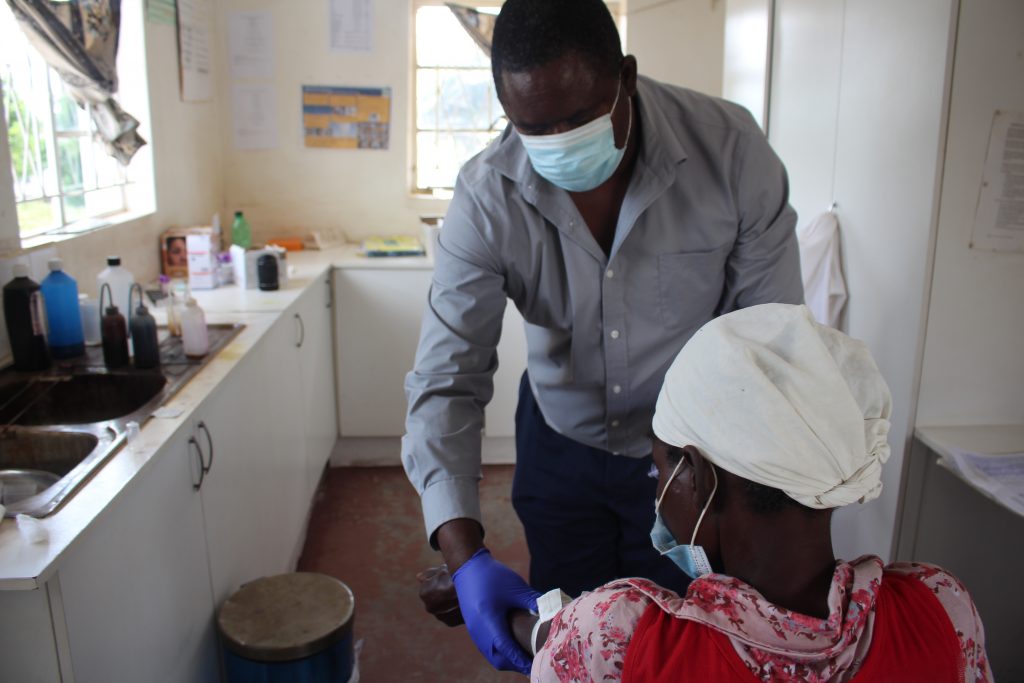
“It used to be difficult to track clients due for Viral load, but ever since we rolled out QI and adopted the cohort system it is now easy. We are now able to identify challenges and problems quickly as a team. As I chat to you right now, I can confidently say I can use the Vacutainer system for plasma collection after demonstration during CLI roll out,” said Mupezeni.
“We have clear follow up procedures, and we refer to our registers for any information needed. This is because our documentation in the registers has improved due to QI mentoring and support from the coaches,” he said.
“Drug pick up has also improved, if a client does not show up, we do follow up as this is easy to track in our registers. We have a clear appointment system in place which is very effective and a follow up of missing results tool is in place. For instance, when we send Viral load samples to the District hospital sometimes not all results are sent back to us, so we have a tool that we designed with client details that we will use to follow up on the missing results,” He said.
The Kachute team has proved to be effective as they do not work individually but as a team. This can be evident by the amount of time they have clients at the facility, they work swiftly together as a team and every team member is aware of what needs to be done and how. With walls amassed with charts and graphs, the clinic uses facility-level data to monitor the progress of the QI project using the plotted graphs.
“We do not encourage specialisation at this facility because what happens when the person specialising in a certain area is not around. We do not want to short-change our clients hence we encourage each team member to be and all-rounder,” said Sister Munyaradzi.
